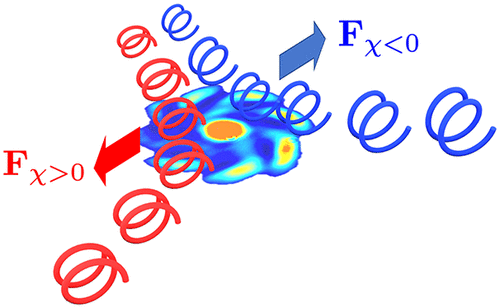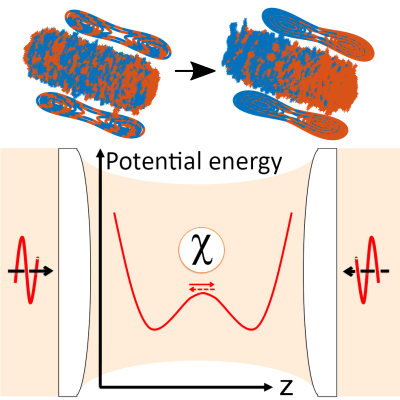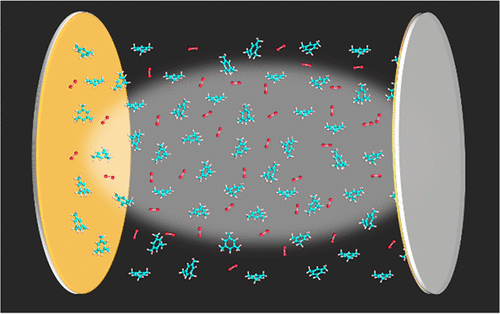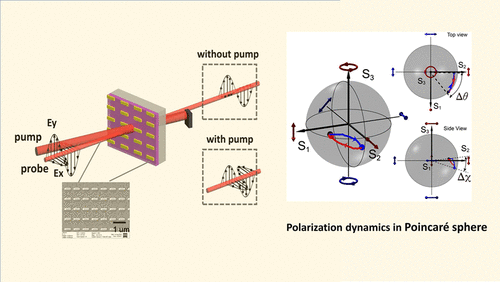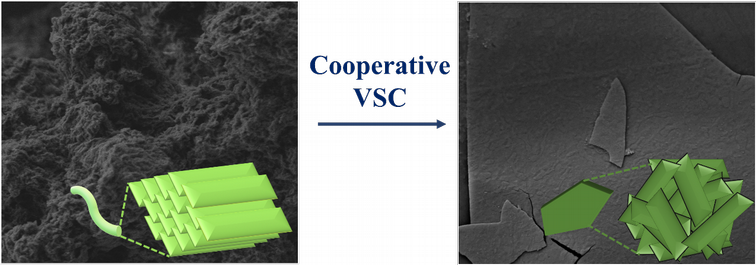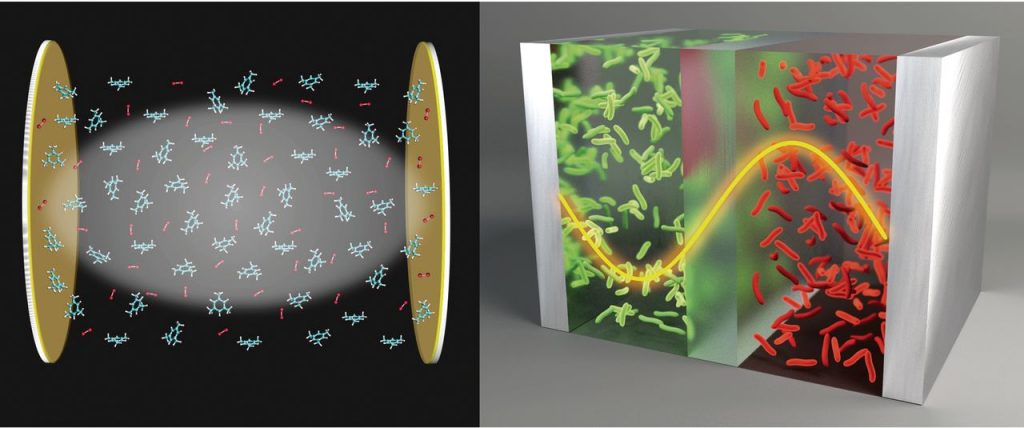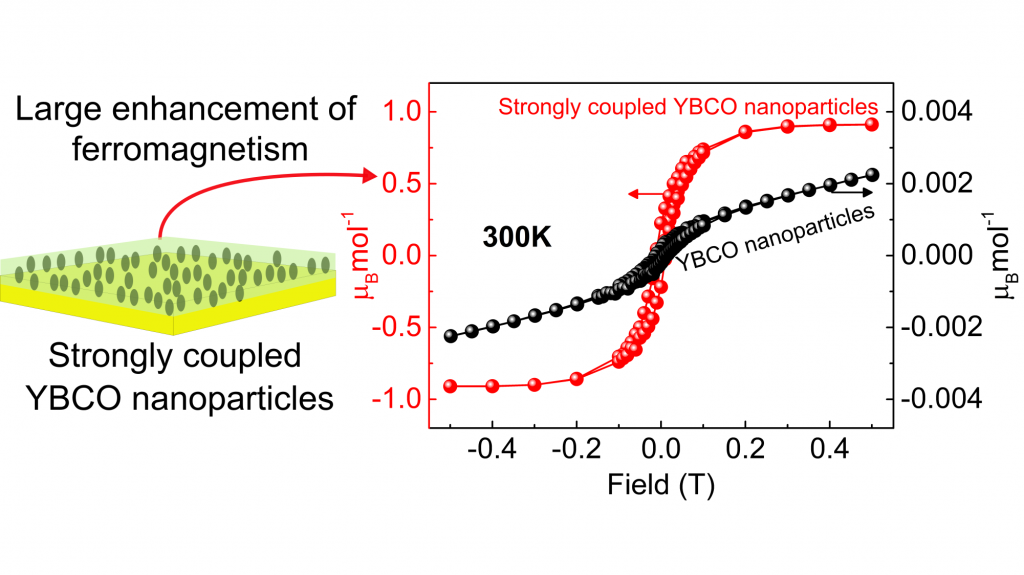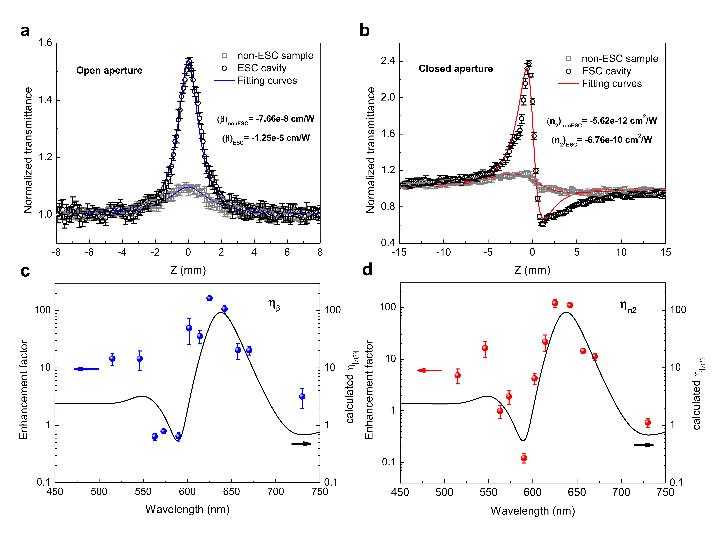Just before he went back to India, the paper written by Sandeep Kulangara as first author has been accepted in Journal of Physical Chemistry Letters. The effects of cooperative vibrational strong coupling on the aggregation of two structural isomers of phenyleneethynylene was investigated and showed to lead to two different self-assembled structures, spheres and flakes, having distinct optical properties. These results confirm that VSC can be used to drive molecular assemblies and thereby provide a new tool for supramolecular chemistry.
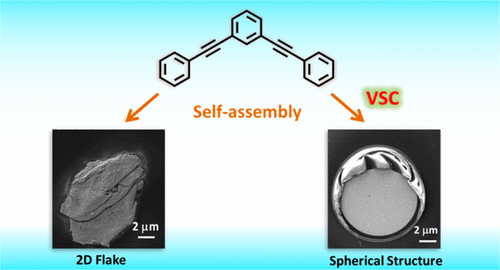 In addition, Cyriaque Genet just published a perspective on chiral light and chiral matter interactions in ACS Photonics. In this paper, he shows how chiral optical forces shed new light on chiral light−chiral matter interactions. The key advances selected are representative of the vitality of the current research activity and clearly point toward future designs for all-optical chiral separation strategies of high potential.
In addition, Cyriaque Genet just published a perspective on chiral light and chiral matter interactions in ACS Photonics. In this paper, he shows how chiral optical forces shed new light on chiral light−chiral matter interactions. The key advances selected are representative of the vitality of the current research activity and clearly point toward future designs for all-optical chiral separation strategies of high potential.

